Dried Apricots: Basic Information
Pronunciation
Alternative Name(s)
Dish Type
Course
Mealtime
Popular Variations
- Sulfur dioxide-treated apricots
- Untreated apricots
Dried Apricots: Ingredients and Preparation
Main Ingredients
Main Cooking Method
Preparation Process
Dried Apricots: A Deep Dive
Cultural Significance
Taste
Texture
Aroma
Color
Serving Style
Serving Temperature
Accompaniment
Occasions
Seasons
Special Diets
Calories
Popularity
Popular Similar Dishes
- Dried figs
- Raisins
- Prunes
Popular Dining Area
Dried apricots are a type of dried fruit that is popular in many countries around the world. China and Central Asia are very likely their birthplaces since apricots were domesticated there.
Dried apricots were frequently sold along the Silk Road. But Russia, Persia, and the Ottoman Empire helped popularize this dried fruit variety.
Today, dried apricots are a popular ingredient in the cuisines of Turkey, Iran, Armenia, China, America, and many countries in Central Asia (Uzbekistan, Tajikistan, and Kyrgyzstan), the Mediterranean (Greece, Italy, Spain, etc.), and the Middle East (such as Syria and Lebanon).
People make dried apricots by drying pitted apricots in the sun or in the oven. The fruits are frequently treated with sulfur dioxide (SO₂), which is harmless in small amounts, to acquire a vibrant orange color.
Untreated apricots have a darker color. Dried apricots are chewy and naturally sweet. Like other dried fruits, they can last six months if stored in a dark, cool place.
As long as the package is properly sealed, dried apricots that have passed the expiration date by a few months are still safe.
There are many other engaging facts about dried apricots, such as their major varieties, culinary uses, health benefits, pros and cons, and common questions often asked about them. Continue reading, and you will know all about this type of dried fruit!
Key Points
Dried Apricot Images
What Are the Main Types of Dried Apricots?
Dried apricots come in two major types in terms of sulfur treatment: sulfured and unsulfured (or organic) dried apricots. Sulfur treatment gives dried apricots a brighter color, softer texture, and longer shelf life, but unsulfured dried apricots are generally safer and sweeter.
Concerning the origin, there are two main varieties of dried apricots: Turkish (or Mediterranean) and Californian dried apricots.
Other countries famous for dried apricots are Uzbekistan, Iran, and Armenia. Both sulfured and organic dried apricots have a wide range of applications.
What Are Dried Apricots Used For?
Thanks to their sweet flavor, dried apricots are typically enjoyed as a snack. Israelis usually enjoy dried fruits, including apricots, in the Jewish holiday of Tu BiShvat.
Dried apricots also serve as flavor enhancers for many dishes, such as jams, cakes, breakfast cereals, salads, stews, and stuffings.
Some popular recipes with dried apricots are as follows:

Pilaf
a mixed rice dish popular in many countries.

Tajine
a North African braised chicken dish.

Baked apricot chicken
an easy dish with chicken thighs and dried, fresh, or preserved apricots.

Aşure
a Turkish and Balkan dessert also known as Noah’s pudding.

Chocolate-dipped apricots
an easy and nutritious snack.
These dishes are excellent choices for enjoying the many health values of dried apricots.
What Are The Health Benefits of Dried Apricots?
Dried apricots bring about many health benefits thanks to their high fiber content, beta carotene, antioxidants, vitamins, and minerals like iron and potassium. In particular, this fried fruit is especially effective in improving bowel movements and preventing constipation.
According to Healthline, regular consumption of apricots helps make your skin healthier, regulate blood pressure, increase heart and gut health, and lower cholesterol levels. Dried apricots are low in calories and thus excellent for weight loss.
However, while you can eat dried apricots every day, overconsuming them causes several harmful effects.
For example, the high fiber content in the fruit sometimes leads to gas buildup and bloating in the stomach. An adult shouldn’t eat more than 3 or 4 dried apricots (30 – 40 grams) daily.
You have just learned about some pros and cons of dried apricots in nutritional terms, but there are many more facts to know about them.
Pros And Cons of Eating Dried Apricots
Here are the most notable advantages and disadvantages of dried apricots:
Pros
Cons
Remember these upsides and downsides, and you will make a smart choice the next time you buy dried apricots, but read the following common inquiries about this dried fruit, and your purchase will be even wiser.


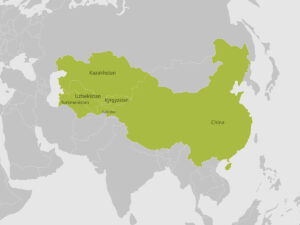
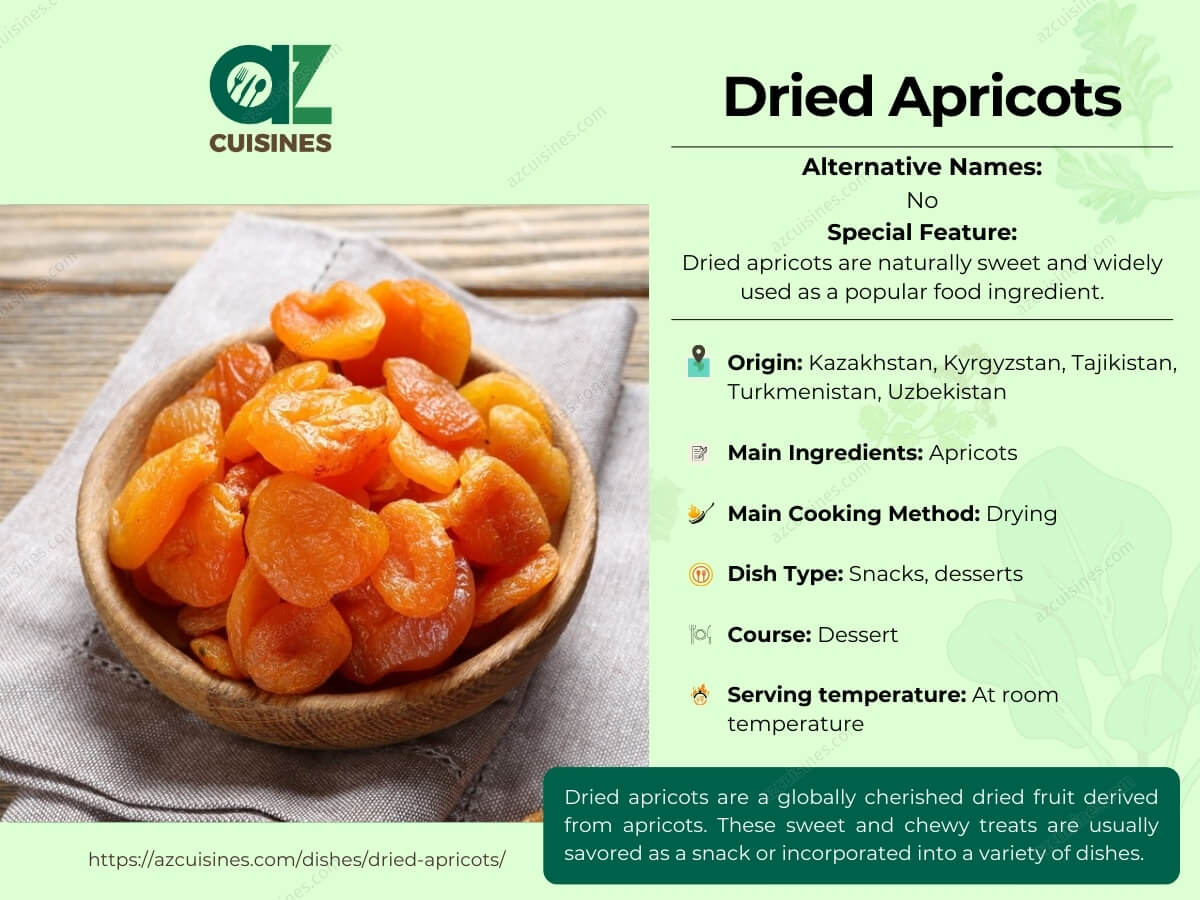
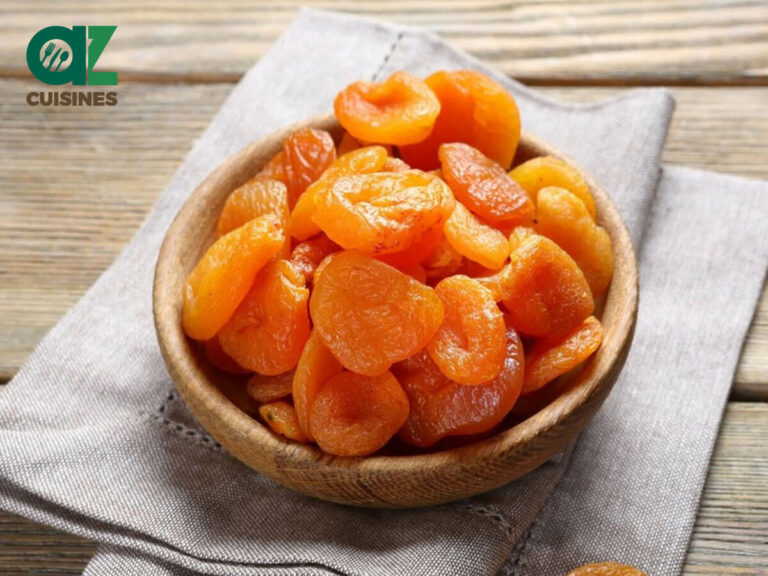

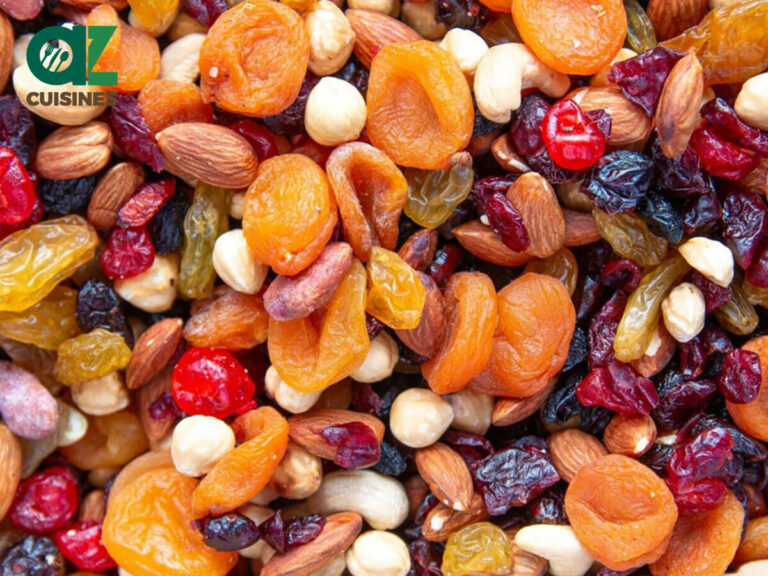

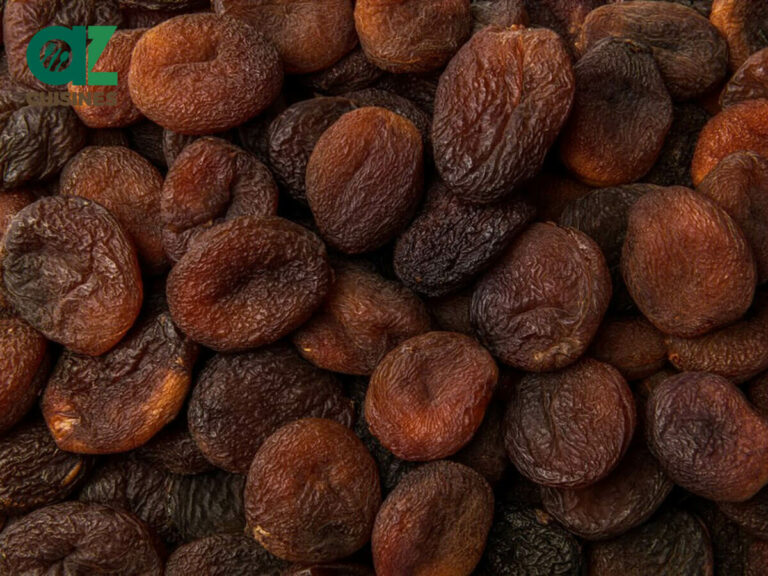
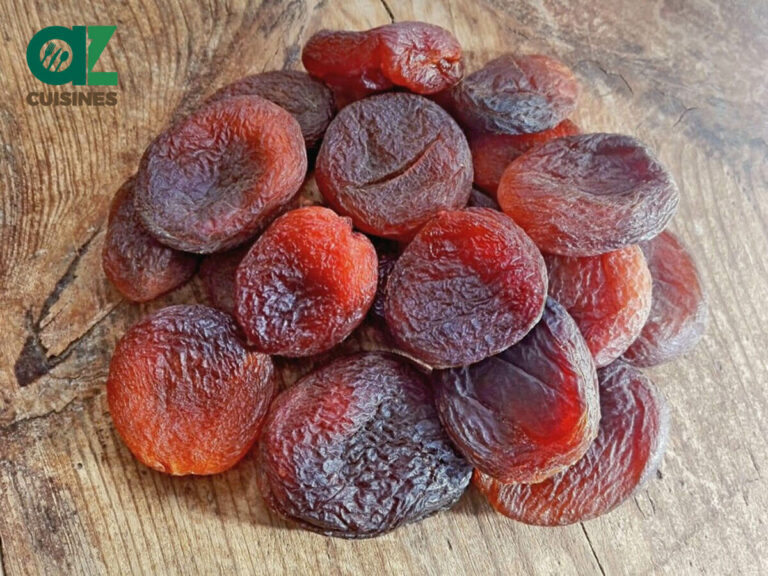
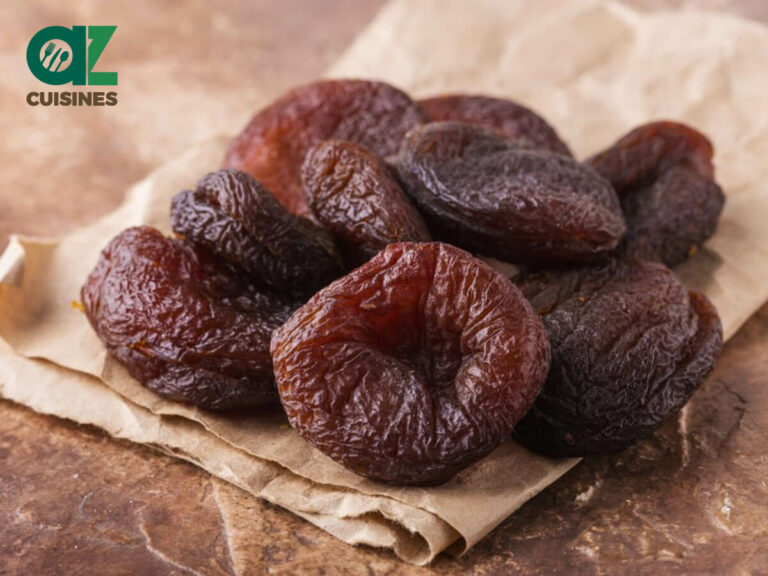
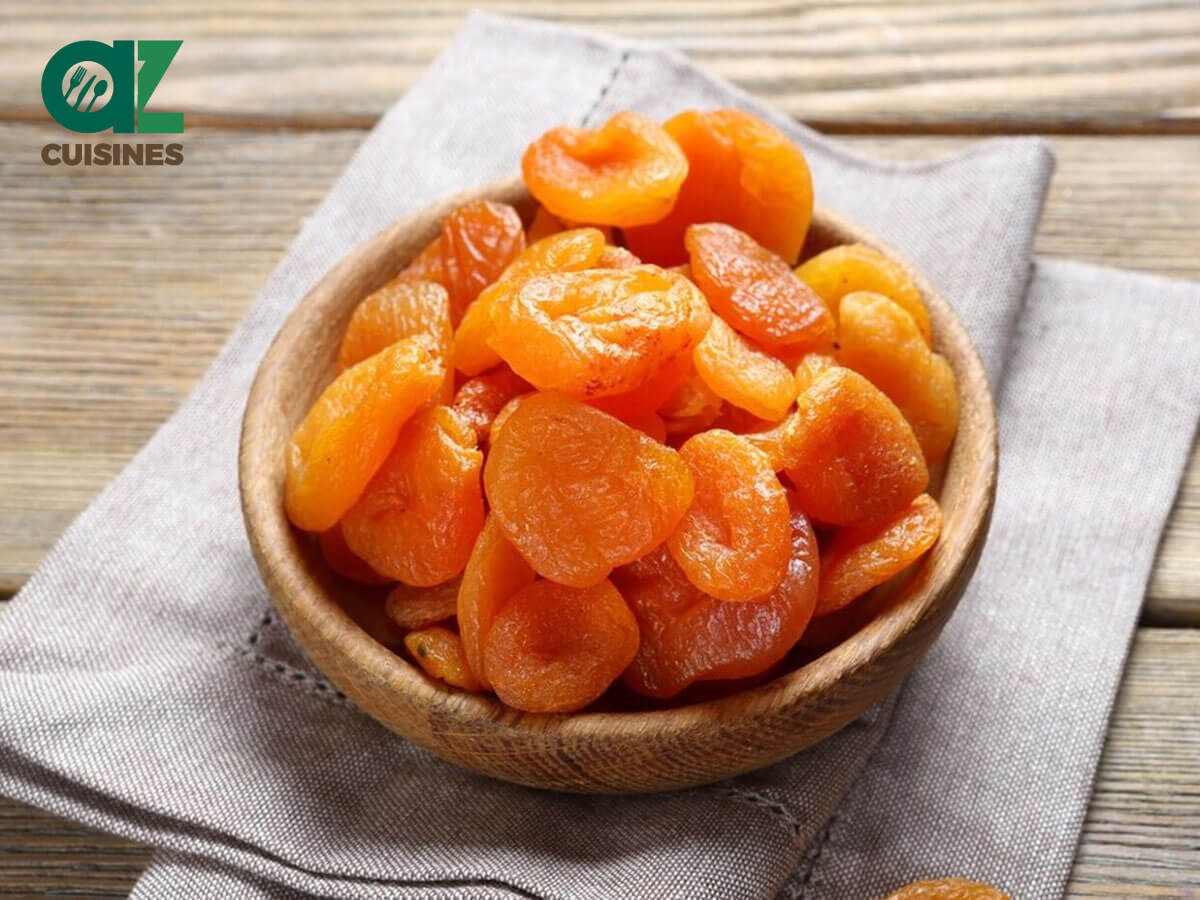
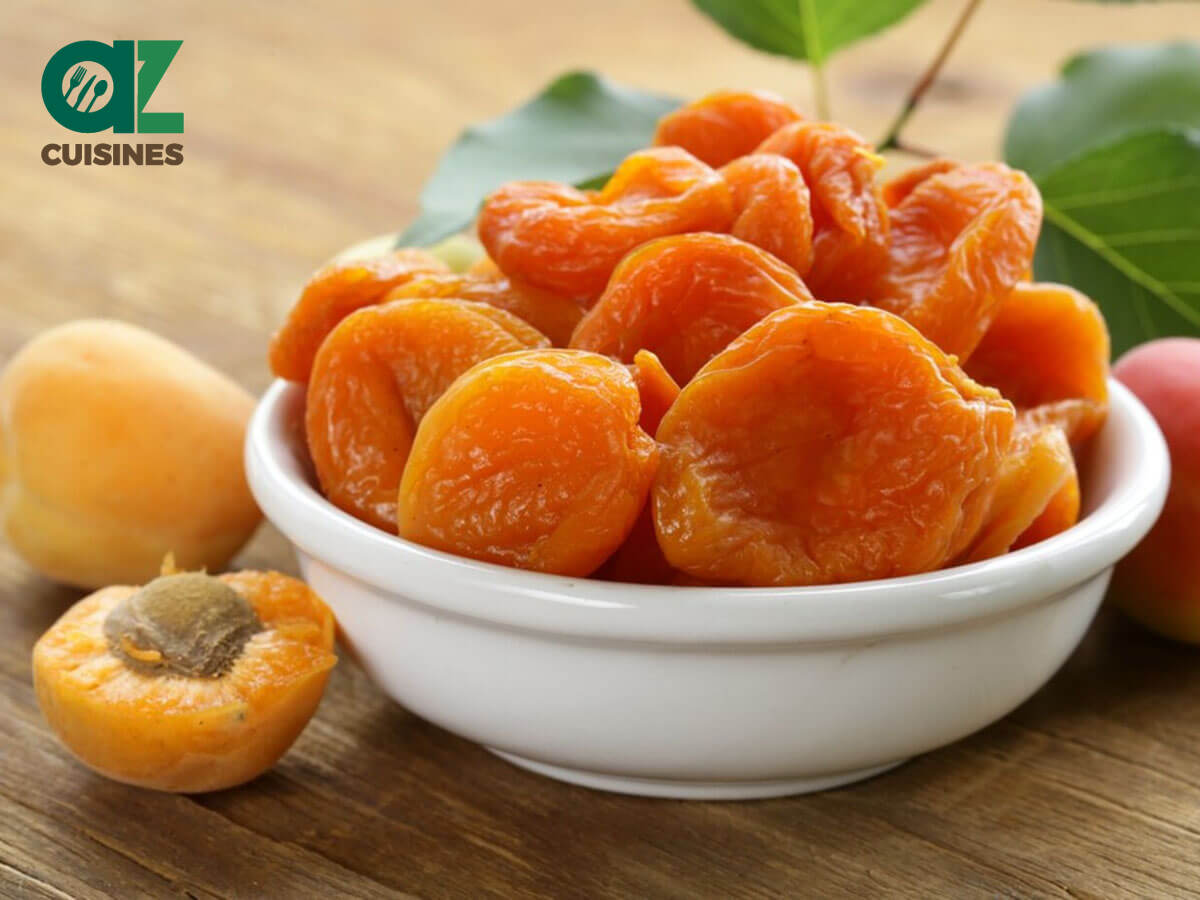


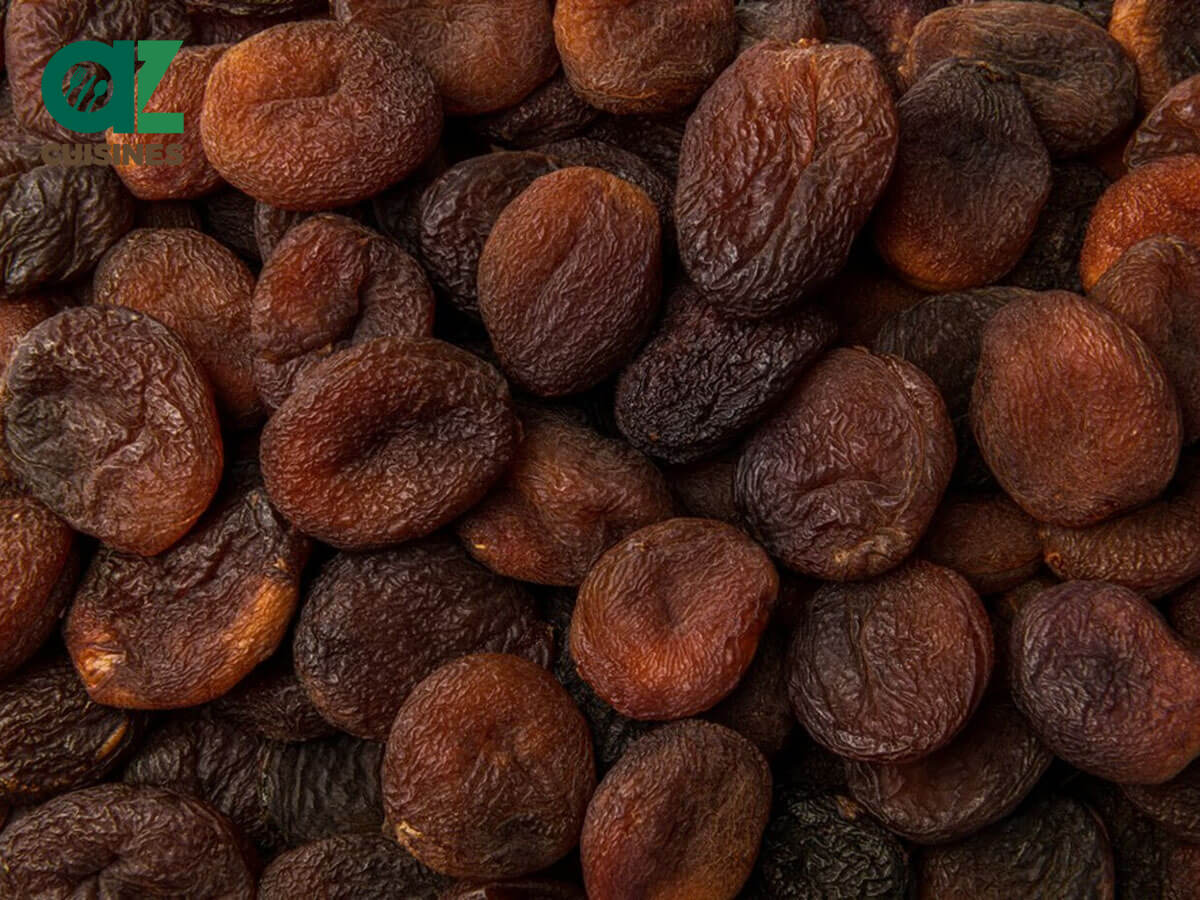
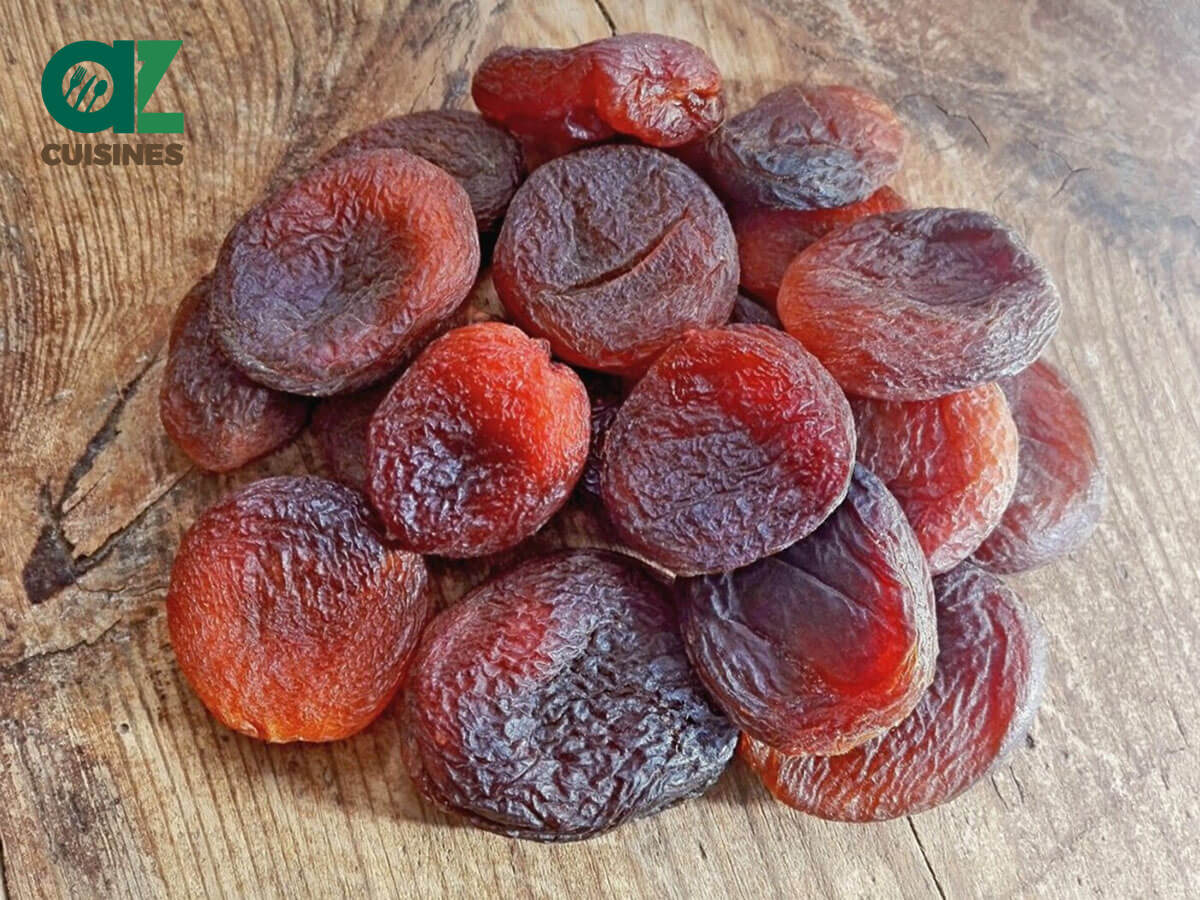


Adam Sam
Senior Food and Drink Editor
Expertise
Food Writer & Recipe Developer, Recipe Tester, Bartender, Cooking-video Maker, Editor In Chief
Education
Adam Sam, an experienced food writer and recipe developer, is passionate about blending diverse culinary traditions, national dishes, and innovative beverages, showcasing his proficiency in both traditional and modern recipe testing.
As the Editor-in-Chief, he elevates culinary content from street food to fine dining, focusing on Western cuisine and types of drinks at azcuisines.com, and is professional in creating engaging cooking videos that simplify complex dishes and ingredients.
His passion for food is evident in his writing, where he uniquely merges various cultures, traditions, and contemporary trends, skillfully combining classic recipes with modern cooking methods.